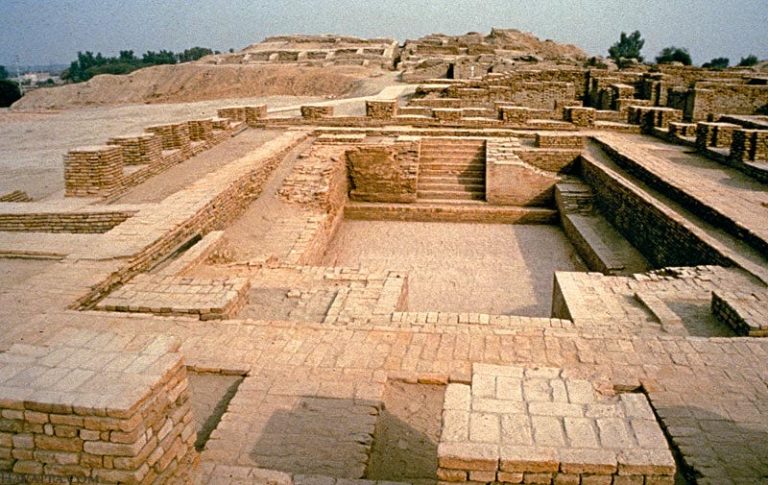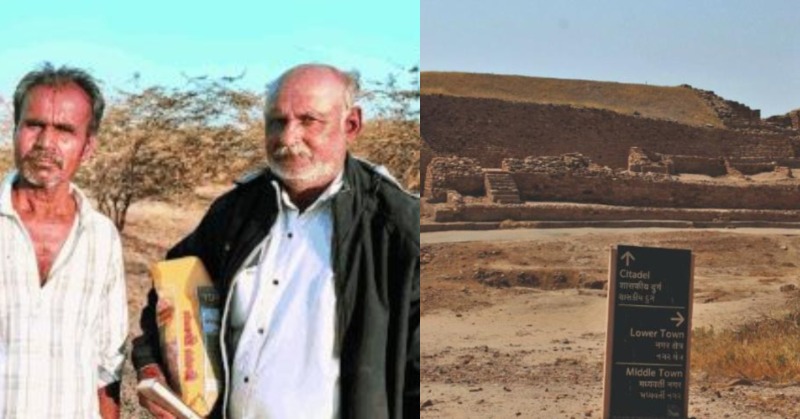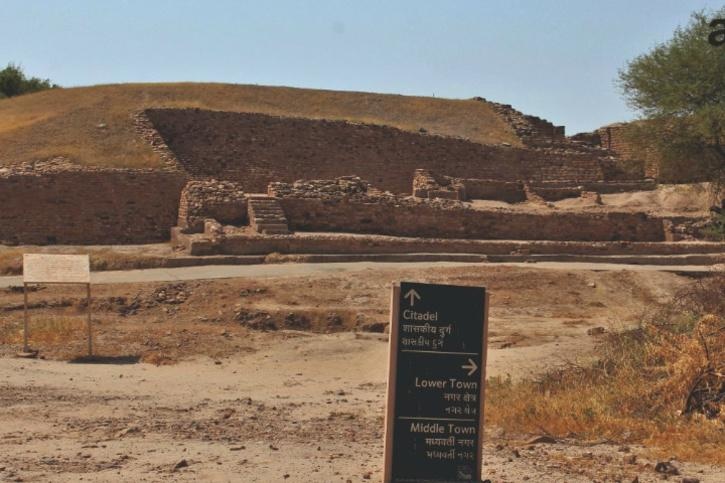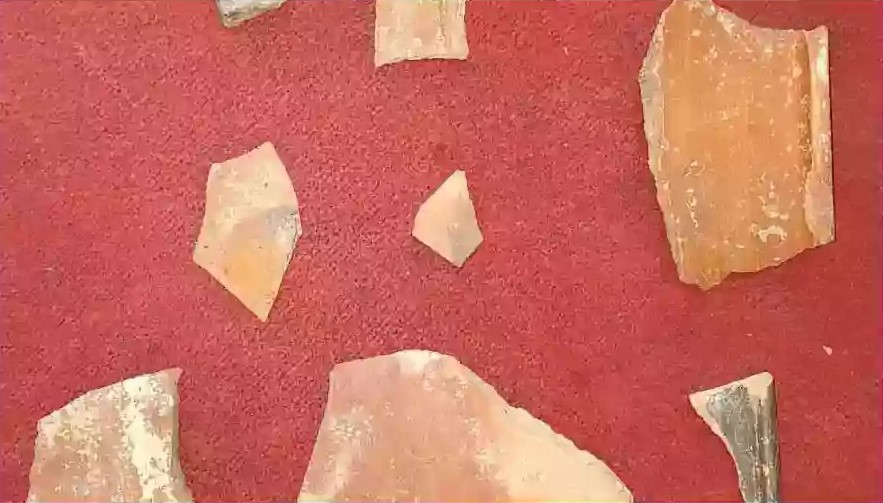
Named as ‘Morodharo’, the new archaeological site of Indus Civilization is located near Lodrani village in Gujarat
Ahmedabad, Gujarat
Kutch Villagers’ hunt for gold has led to discovery of a new Indus Civilization site in Gujarat state of India. Named as ‘Morodharo’, the new archaeological site of Indus Civilization is located near Lodrani village in Gujarat, situated 51 kilometers from the Dholavira World Heritage site in Kutch had long been rumored to harbor hidden gold.
Some five years ago, a group of enterprising individuals joined forces to embark on a quest for the elusive treasure.
What they uncovered, and what archaeologists later unearthed as they assumed control of the excavation following initial discoveries, is a fortified settlement of the Indus/Harappan civilization.
The Indus Civilization, also known as Harappan Civilization, thrived during the Bronze Age in the northwestern areas of South Asia. It endured from 3300 BCE to 1300 BCE, with its mature phase spanning from 2600 BCE to 1900 BCE.
 “Villagers believed there was a medieval fortress and buried treasure. But when we examined the site, we found a Harappan settlement where life was flourishing some 4,500 years ago,” said Ajay Yadav, who was one of the lead archaeologists in this discovery.
“Villagers believed there was a medieval fortress and buried treasure. But when we examined the site, we found a Harappan settlement where life was flourishing some 4,500 years ago,” said Ajay Yadav, who was one of the lead archaeologists in this discovery.
Ajay Yadav, a research scholar, collaborated with his professor, Damian Robinson, both affiliated with Oxford’s School of Archaeology, in making this breakthrough.
Contrary to the previous perception of Lodrani as a mere stone-rubble settlement, their investigation revealed architectural details at the site remarkably similar to those found in Dholavira.
“Our most important observation is that this site and Dholavira both depended on the sea. As it’s so close to the Rann (desert), it can be safely presumed that at that time what became a desert later must have been navigable,” Yadav said.
Morodharo’s proximity to the sea and its location near the Rann of Kutch suggests that the area was navigable during ancient times, contributing to trade and connectivity.
The site was formally identified in January and named Morodharo.
 The following are the features of the Harappan site Morodharo:
The following are the features of the Harappan site Morodharo:
Morodharo is a fortified settlement of the Harappan era, with the fortification measuring 102 m to the west and 58 m north to the south. The thickness of the wall is 3.3 m on an average.
Morodhara has a 10×10 m platform on the south-west side and a well on the north-east side.
Burial cairns have been found at Morodharo. A cairn is an intentionally constructed mound of stones, typically created for marking a location or serving as a burial mound.
Also read: Ancient Rock Art of Sindh’s Seeta valley
Harappan pottery with perforated jar sherds, reserved slipware and terracotta cakes have also been unearthed.
All these objects bear a notable resemblance to those discovered in Dholavira.
The site might never have been discovered if it weren’t for the villagers searching for gold.
 The discovery of the fortified settlement near Dholavira, named Morodharo, is a significant archaeological find that sheds light on the ancient civilization’s expansion and influence in the region.
The discovery of the fortified settlement near Dholavira, named Morodharo, is a significant archaeological find that sheds light on the ancient civilization’s expansion and influence in the region.
According to Indian media, the discovery of Morodharo adds to understanding of the extent and influence of the Indus civilization in the region and highlights the importance of local initiatives in uncovering archaeological treasures.
Earlier surveys conducted in 1967-68 by archaeologist J.P. Joshi hinted at the presence of an Indus or Harappan site in Lodrani, but concrete evidence was lacking at that time.
The recent discovery underscores the value of ongoing archaeological research and community involvement in uncovering India’s rich antiquity.
Also read: Sindhi monks had attended 2nd and 3rd Buddhist councils in 278 and 253 B.C.
The discovery was significant enough that archaeologists from Oxford University joined the quest after initial signs of the discovery.
The site has yielded a considerable amount of Indus or Harappan pottery that is similar to the findings at Dholavira, indicating a connection between the two settlements. Experts suggest that Morodharo displays the characteristics of a mature to late Harappan period (2,600-1,300 BCE), which sheds light on the ancient chronology of the region.
__________________